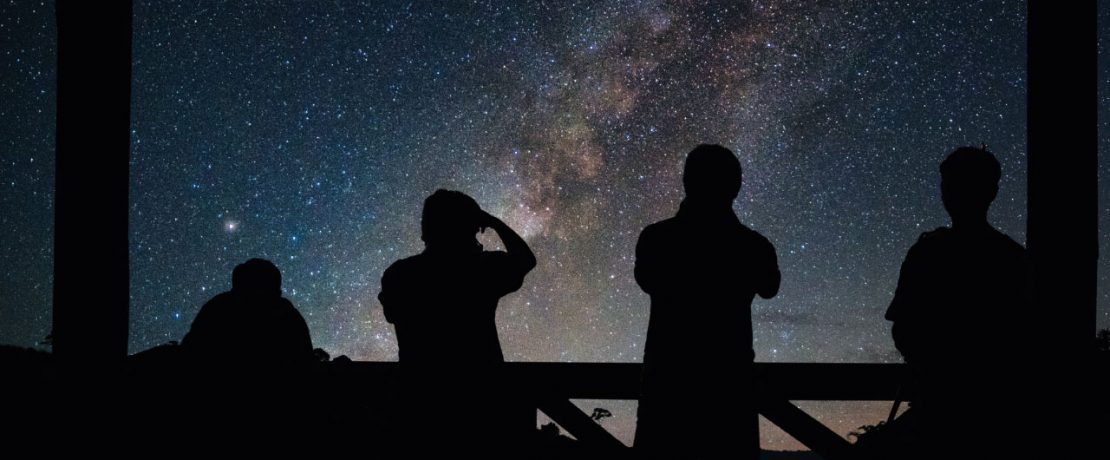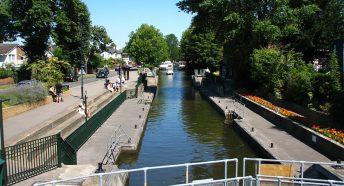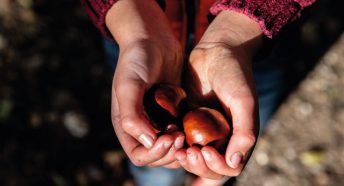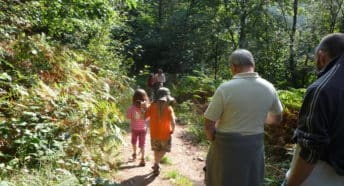Reclaiming Dark Skies in Berkshire
Starry skies are one of the most magical sights the countryside can offer. Light pollution not only limits our views of these skies, but also disrupts wildlife’s natural patterns.
We want to reclaim our dark skies in Berkshire and need you to help us make a difference. Do you have ideas for events and activities that would help publicise the importance of darks skies in Berkshire? Are you interested in making them happen? Get in touch with our Branch Secretary Gloria Keene to find out more about how you can help, and how we can support you in making your ideas happen.
You can also:
- Take part in the annual star count, the nationwide citizen science project to see how many stars people can see in the Orion constellation. It helps us to see where light pollution is a problem, and to locate the darkest skies. CPRE uses this evidence nationally and locally to advocate for better-controlled lighting, and we offer advice about what we can all do to reduce local light pollution.The 2019 results showed that just 2% of our stargazers reported seeing what’s classed as ‘truly dark skies’ – a drop by half in the number seeing as many stars five years before. The 2020 start count was held in February and CPRE will release the new figures as soon as it has crunched the data.
- Use the national CPRE’s interactive Night Blight map, which details the light pollution across the UK. Nationally, the Royal County of Berkshire is the 39th darkest county out of 41 counties in England. By district, it is the east of the county that suffers the worst, with Slough the most badly affected, 306th of 326 districts within England:
100th West Berkshire
180th Windsor & Maidenhead
181st Wokingham Borough
206th Bracknell Forest
283rd Reading
306th Slough - You can use the maps and data as evidence to help you shape future developments in your area, so that they either have well-designed lighting schemes or are refused permission if they would cause light pollution in existing dark places.You can use the maps to lobby your local council about light pollution, for example if a particular light source is a problem, you can raise the issue with your local MP. You could also write to your local newspaper to raise concerns about local sources of light pollution.
Parish councils and community groups can use the maps as evidence to inform neighbourhood plans and to shape local decisions about lighting, such as streetlights owned by parish councils.
Schools can use the maps as an educational resource to teach students about light pollution and the value of dark skies; a lesson plan for Key Stage 1 and 2 children is available in the ‘resources’ section of the national website.
The maps will also help you find your nearest dark skies, to escape from nearby light pollution and experience a truly dark starry night sky!
Read more about CPRE’s long national campaign to reclaim our starry skies here.









